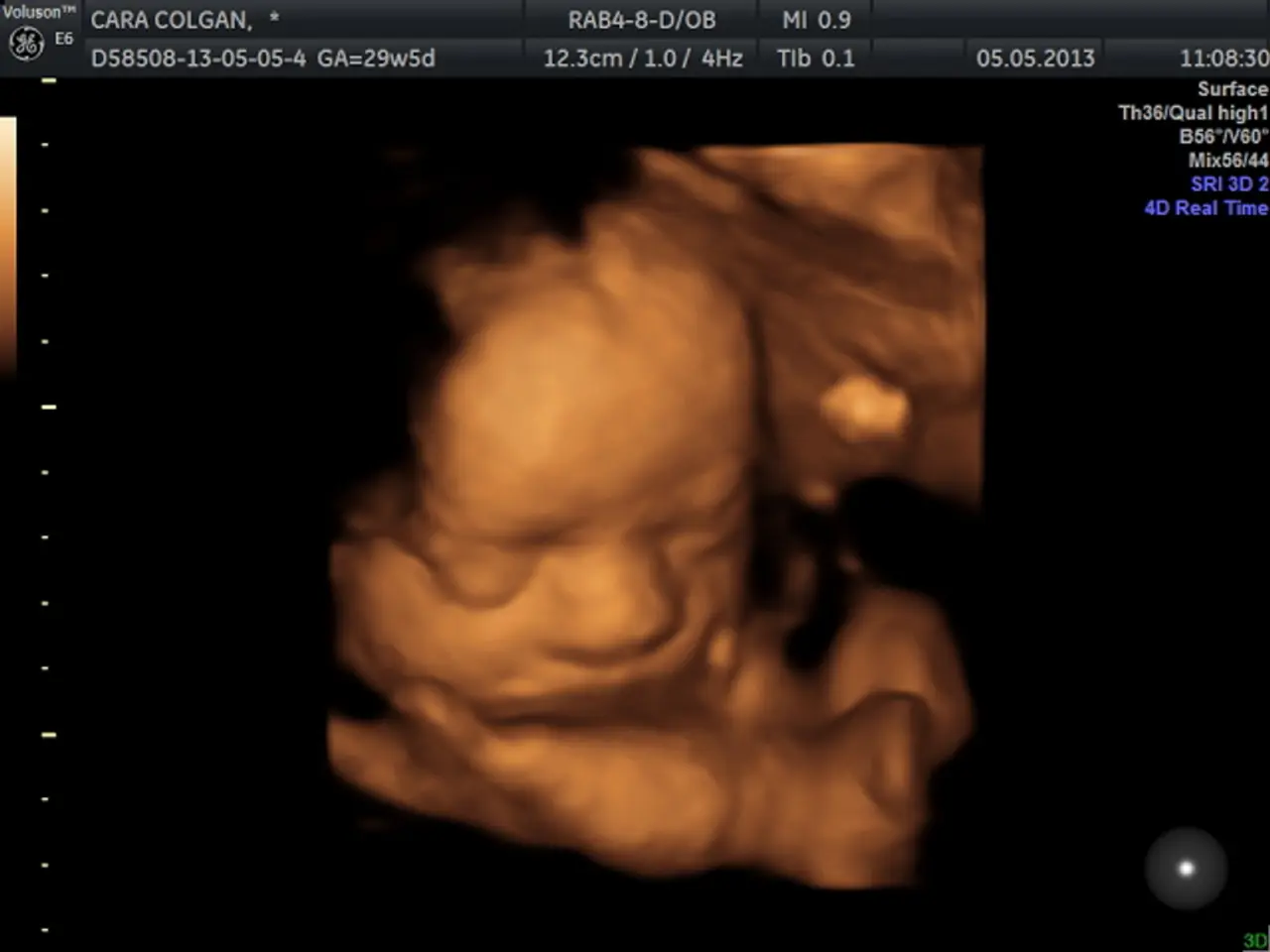Procedural Overview and Potential Hazards of Thoracentesis
A thoracentesis, often referred to as a pleural tap, is a medical procedure that involves safely removing excess fluid from the pleural space, the area between the lungs and the chest wall. This procedure can provide relief from symptoms or help diagnose the cause of pleural effusion, a buildup of fluid in the pleural space.
During a thoracentesis, a healthcare professional will sterilize the injection site and administer a local anesthetic before carrying out the procedure. The person will typically remain awake and may be asked to position themselves sitting on the edge of a chair or bed with their head and arms resting on a table. Most people leave the hospital on the same day as the thoracentesis.
It is crucial for the person to stay as still as possible throughout the procedure to avoid any accidental damage to the lungs. After the procedure, a person will receive an X-ray to check the success of the procedure. If there is a lot of fluid to remove, a doctor may attach a tube to the needle to aid drainage.
Potential causes of pleural effusion include complications from surgery, pneumonia, chronic lung conditions, congestive heart failure, severe kidney disease, and certain types of cancer. If a person develops any of the following symptoms after the procedure, such as bleeding, sudden difficulty breathing, pain when taking a deep breath, or a cough that produces blood, they should call their doctor immediately.
Recovery time varies from person to person, but some people may feel a pulling sensation as the fluid leaves their chest during the procedure. Over-the-counter pain relievers like acetaminophen can help alleviate any pain after the procedure. A healthcare professional will closely monitor the person's breathing and blood pressure after the procedure.
Thoracentesis shares similarities with two other types of drainage procedures: paracentesis and chest tube insertion. Paracentesis involves draining ascitic fluid from the abdominal cavity, while chest tube insertion is a more invasive drainage method used for continuous removal of air or fluid. These procedures differ significantly in their location, purpose, method of drainage, and duration.
In conclusion, thoracentesis is a valuable diagnostic and therapeutic tool for managing pleural effusion. By understanding the procedure and its potential complications, patients can make informed decisions about their healthcare. If you have any concerns or questions, it is always best to consult with a healthcare professional.
References: [1] Mayo Clinic. (2021). Thoracentesis. Retrieved from
- The respiratory system's health and wellness can be impacted by medical conditions like pleural effusion, which is a buildup of fluid in the pleural space, and may require therapies and treatments such as thoracentesis, a procedure that removes excess fluid from the pleural space.
- Thoracentesis, also known as a pleural tap, is often performed to help diagnose or treat various pulmonary diseases or health issues, and it can provide relief from symptoms associated with pleural effusion.
- Other respiratory procedures similar to thoracentesis include paracentesis, which drains ascitic fluid from the abdominal cavity, and chest tube insertion, a more invasive method used for continuous removal of air or fluid from the chest.
- After a thoracentesis, it's essential for the person to watch out for potential complications such as bleeding, sudden difficulty breathing, pain when taking a deep breath, or coughing up blood, and inform their healthcare professional immediately if they experience any of these symptoms.




